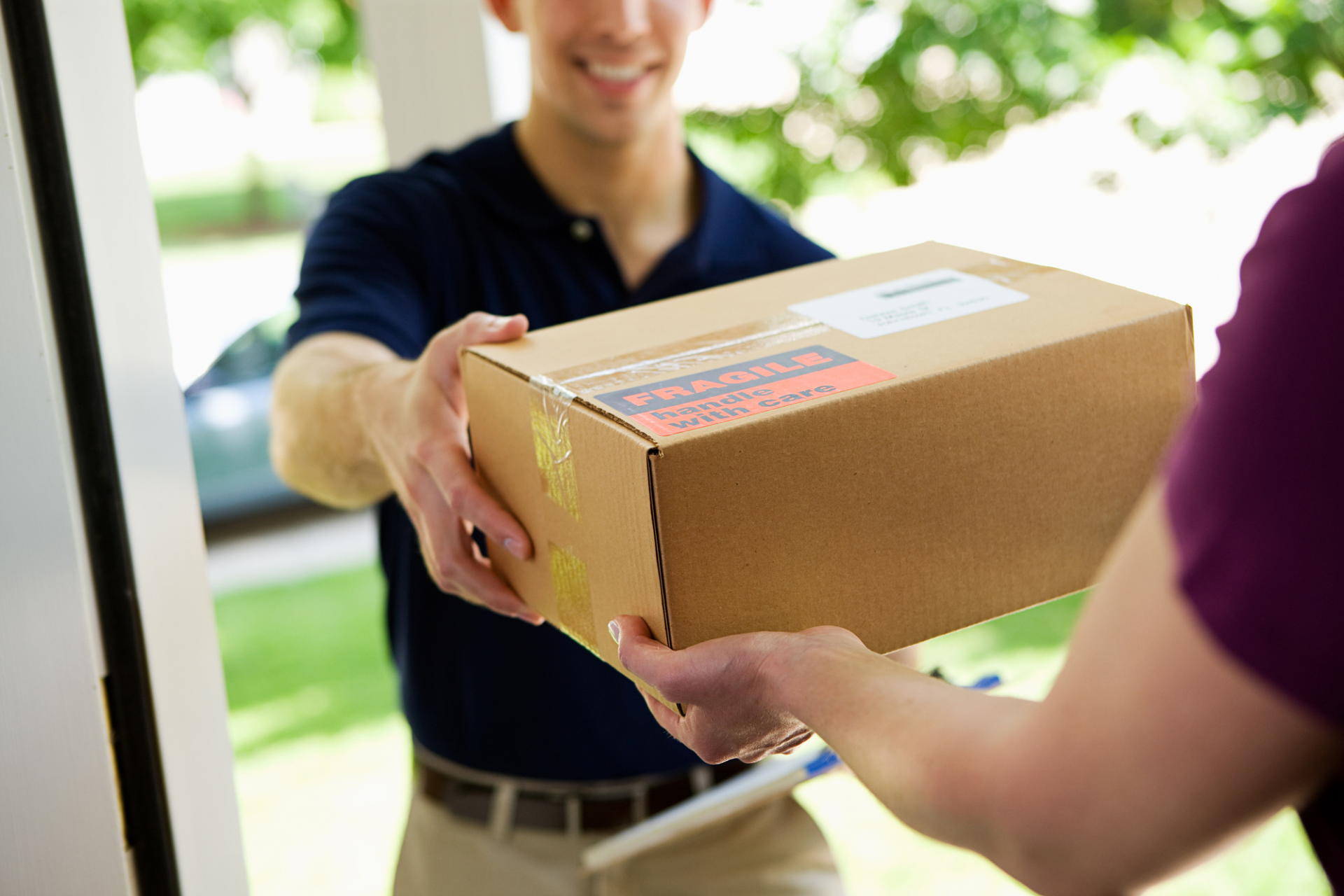Customers are more demanding and have higher expectations than ever. They want 24/7 customer service and they want things when it’s convenient for them.
As a business, you need to measure every part of the customer experience. That includes the delivery of products.
Thanks to companies like Amazon promising two-day or even same-day delivery, customers want their orders yesterday. Actually, about 72% of customers expect on time delivery of products and they expect them in two days.
Measuring on time delivery can help you improve a crucial part of the customer experience. How can you measure on time delivery?
Keep reading to find out.
How Are You Measuring OTD Now?
Are you measuring on time delivery or are you just reacting to problems when customers call about late orders?
Measuring on time shouldn’t be difficult. Companies will play with the numbers to show that they are high achievers.
From a customer perspective, they want to know the delivery date. In some cases, this will help them get their house or business ready for delivery. It also helps them know when someone needs to be around to accept the delivery.
They don’t care about when it actually ships. The ship date is calculated by taking the delivery date minus the delivery time. For example, you have a 5 product order that’s due to be delivered on the 12th.
It takes 3 days to deliver the product, so it has to ship on the 9th. If it’s an overnight delivery and ships on the 11th, it’s still considered on time because it met the customer’s expectations.
The only thing you didn’t account for was the extra cost of delivering overnight. In other words, you’re losing money with this method of measuring OTD.
What Are You Shipping?
There are hundreds of different commodities that are being shipped every day. The first thing you have to do is figure out what types of orders you’re shipping.
You may have an order of 100 pieces, in which case, everything needs to go out on time. You may have small orders that are done in high volume.
This truck delivery company delivers big rigs and industrial trucks across the country. In their case, construction jobs depend on on-time delivery.
Your measuring starts with your average order size and the length of time it takes to get them out the door.
Understand Customer Needs
Do your customers care about getting everything at once or having everything delivered on time? It’s probably a combination of the two.
Let’s say you ship beds and mattress sets. You have orders that are usually delivered in 5 days or less. In this case, it’s important to have everything delivered at once. You don’t want a customer to get a bed frame, only to have to wait 3 days for the mattress and box spring to arrive.
Some shippers will measure their OTD based on when things get out the door. They take the number of items in the order and divide that by how many items left the warehouse on time. If the bed set had 6 items that needed to be shipped, the OTD rate would be an abysmal 66%.
One way to calm your customers down is to rush the shipment of the mattress and box spring, costing your business money.
Your customers trust you to do what you say you’re going to do. If you tell them that an order will be shipped by a certain date, it better ship by a certain date.
Simple integrity around how you run your business will help you earn the trust of your customers over and over again. They’ll also remain loyal customers that spend more money.
Set Goals
What are the goals of on time delivery? It’s really measuring a couple of things. You’re measuring if you have integrity around when items are shipping and if the entire order is shipping on time.
You’re also measuring if/when customers are receiving deliveries and whether or not that’s on time. Finally, you need to make sure that there aren’t extra costs in shipping products that didn’t make it out of the warehouse on time.
You can also look at the order date, the date you committed to delivering the entire order, the dock date, and actual ship and delivery dates.
See where the biggest improvements can be made. Each step is really a step in the customer experience, and each small improvement can
You might set two goals based on what you learned about your supply chain. One might be to have 100% of the items delivered to the customer on time.
Another may be to make sure the ship date is faster, in order to save on extra shipping costs.
Use the Right KPIs
How can you measure your goals to know if you’re meeting customer expectations? Remember, this is a measurement of business integrity.
Are you doing what you say you’re going to do? If you tell a customer that an order is going to ship on the 5th with a delivery date on the 10th, that order better ship on the 5th.
Use a KPI performance management solution to monitor your ship date, which will be your first Key Performance Indicator (KPI). Measuring your ship date will be the first KPI. If you have an order of 5 items scheduled to ship on the 5th and it goes out on 6th, your success rate is 0%. You didn’t keep your word.
Hold Your Partners Accountable
You may need to use KPIs to measure on time delivery to hold your partners accountable. Your business may have to rely on others to meet your customers’ high expectations.
Using KPIs allows you to set expectations, make improvements, and hold your partners along the entire supply chain accountable.
Measure On Time Delivery the Right Way
You need to keep shipping costs down while keeping your customers happy. One way to do that is to measure on time delivery.
How you define on time delivery matters. There are a number of steps in shipping out products and you need to keep your word at each step. That perspective will help you make improvements to achieve perfection.
Check out this site often for the latest business news.




